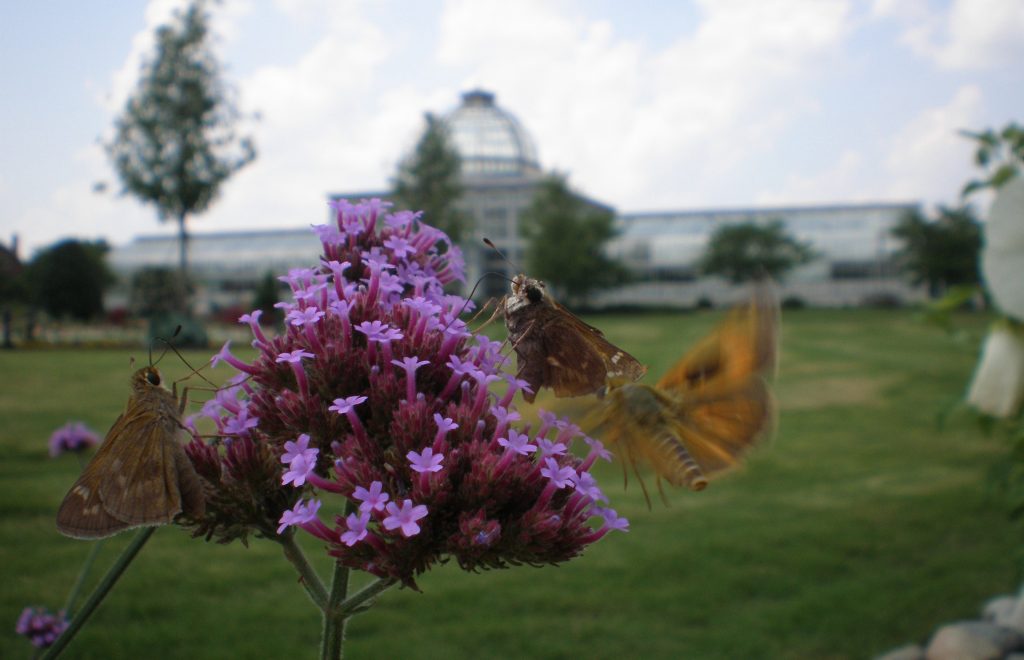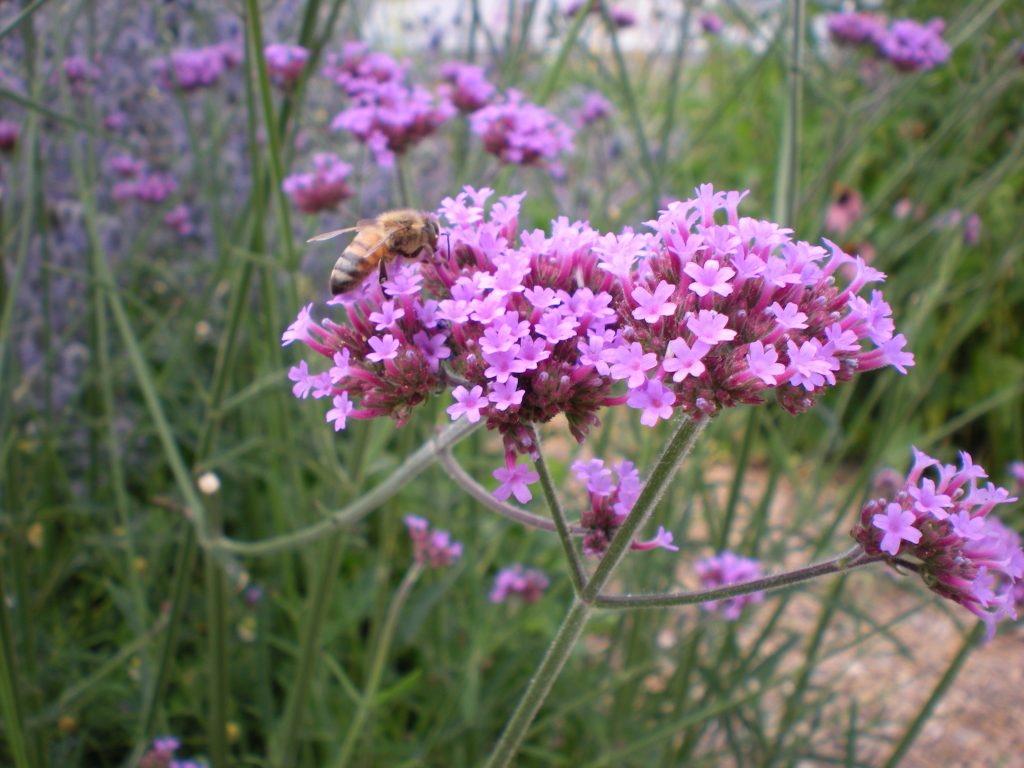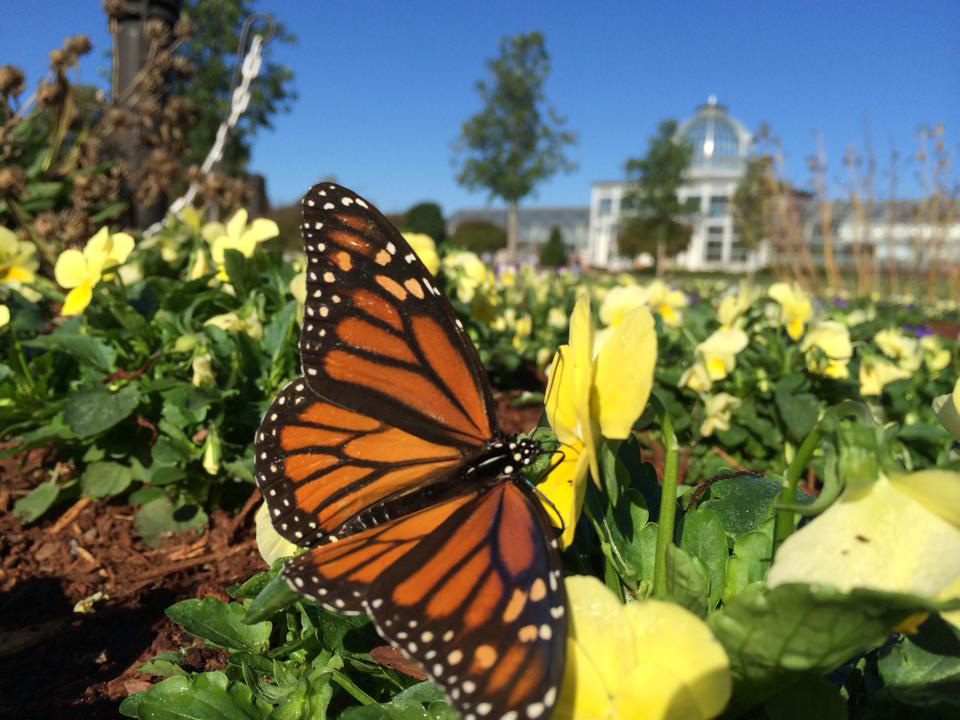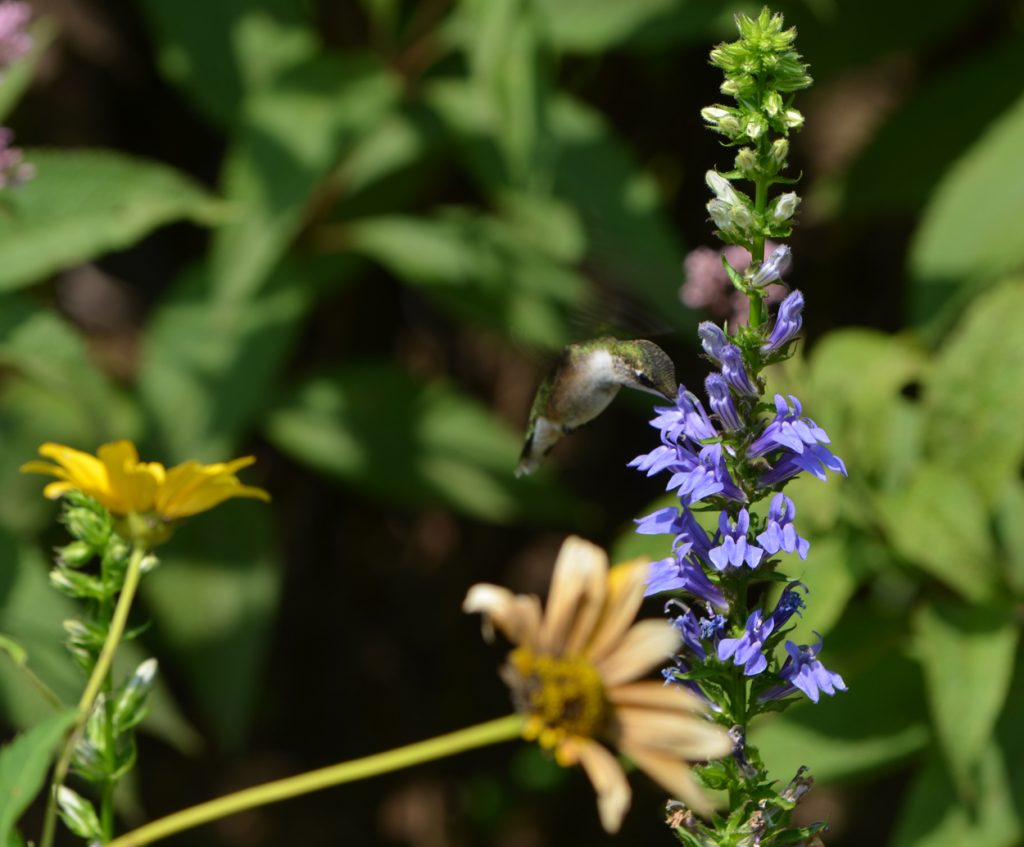National Pollinator Week
Let us tell you about a few of our favorite pollinators!
Since National Pollinators Week (June 20-26, 2016) starts today, we thought it would be a great time to raise awareness of and appreciation for those “behind-the-scenes workers” that do so much to maintain our environment, provide us with natural beauty, and put food on our tables. Bees, butterflies, dragonflies, moths, beetles, hummingbirds, bats, and even flies (!) are hard-working pollinators, going practically nonstop from dawn to dusk and, in some cases, overnight. These creatures are attracted to plants for various reasons, but the bottom line is that they pollinate our plants and provide a critical service to our ecosystem.
But what exactly is a pollinator? What do they do that is so important? Most people associate pollen with allergies, which can be unpleasant, but actually pollen plays a very important role in the lifecycle of plants. Most plants reproduce by dropping seeds that will, hopefully, sprout and grow. Pollen is what fertilizes these seeds and causes them to start growing to begin with. But for most plants, the pollen has to be moved from flower to flower or tree to tree so it can do its work. That’s where the pollinators come in. They visit the flowers to obtain nectar, find shelter, or even to find mates. While they are visiting, the pollen sticks to them and they take it with them to the next flower, allowing the pollen to travel. Because of pollination we are able to enjoy the continued life cycle that creates beautiful flowers, oxygen produced by the plants, and all of the fruits, veggies, and farm crops that we eat daily. Did you know that every one in three bites of food is a product of pollination?
Backyard Pollinators
Let’s meet some of the pollinators that you might see in your backyard:
Honey Bees are one of the most well-known pollinators. They intentionally gather pollen to take back to the hive in order to make honey. Everybody loves honey! In the process of collecting pollen, they are also spreading pollen to plants that need it. They especially help in the cultivation of fruits and vegetables. According to the American Beekeeping Federation some crops are 90 percent dependent on honey bees for pollination and almond trees are 100 percent dependent on them. Here at Lewis Ginter Botanical Garden you may have heard about our newly established Bob Stapleton and Keith Tignor Apiary. An apiary is made up of a collection of beehives where bees can live and pollinate flowers in the surrounding area (our Garden!) The apiary is educational too, and you can come watch the bees where they are working in an education demonstration area just behind the Conservatory, adjacent to the Community Kitchen Garden.
Butterflies are probably most popular for symbolizing transformation and for their beauty, but they do vital work pollinating. The butterfly’s main goal in visiting flowers is to obtain the sweet nectar that is hidden deep inside the flowers. While the butterfly is extracting this nectar, pollen rubs off on its body or feet and is carried along to the next flower. Our outdoor gardens provide ample opportunity for the butterfly pollinator to stock up on nectar.
Hummingbirds are another pollinator favorite! Many think about attracting hummingbirds with feeders, but even better is planting the nectar-rich native plants they love. Then you can watch the hummingbirds do the important work on 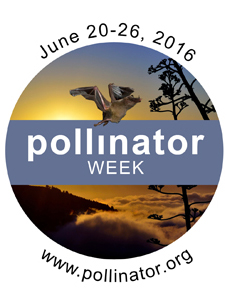 pollination from your own backyard. Here at Lewis Ginter Botanical Garden we’ve planted blue (Lobelia siphilitica) and red cardinal flower (Lobelia cardinalis), which the hummingbirds love! If you want to see a favorite hummingbirds spot filled with these blooms (and often hummingbirds), just visit the West Island Garden. Hummingbird’s fast-beating wings and showy feathers make them intriguing to watch. Like the butterfly, hummingbirds are mainly seeking nectar in the flowers. When they extract the nectar, the pollen sticks to them and gets carried to the next flower where it rubs off. According to the U.S. Forest Service, hummingbirds play a key part in wildflower pollination. If you are interested in attracting hummingbirds to your garden, be sure to read the Top 18 plants to attract Hummingbirds from The Hummingbird Society.
pollination from your own backyard. Here at Lewis Ginter Botanical Garden we’ve planted blue (Lobelia siphilitica) and red cardinal flower (Lobelia cardinalis), which the hummingbirds love! If you want to see a favorite hummingbirds spot filled with these blooms (and often hummingbirds), just visit the West Island Garden. Hummingbird’s fast-beating wings and showy feathers make them intriguing to watch. Like the butterfly, hummingbirds are mainly seeking nectar in the flowers. When they extract the nectar, the pollen sticks to them and gets carried to the next flower where it rubs off. According to the U.S. Forest Service, hummingbirds play a key part in wildflower pollination. If you are interested in attracting hummingbirds to your garden, be sure to read the Top 18 plants to attract Hummingbirds from The Hummingbird Society.
In addition to our gardens, Butterflies LIVE! in the Conservatory is a great place to learn more about pollinators and see pollination in action. In this exhibit we highlight tropical beauties — fascinating and showy — along with a variety of native butterflies similar to what you might find in your own backyard. Butterflies LIVE! is ever-changing, so every time you visit, you’re likely to see something new.
Now that you know a bit about these wonderful workers in nature, “bee” sure and get outside this week to enjoy them!
